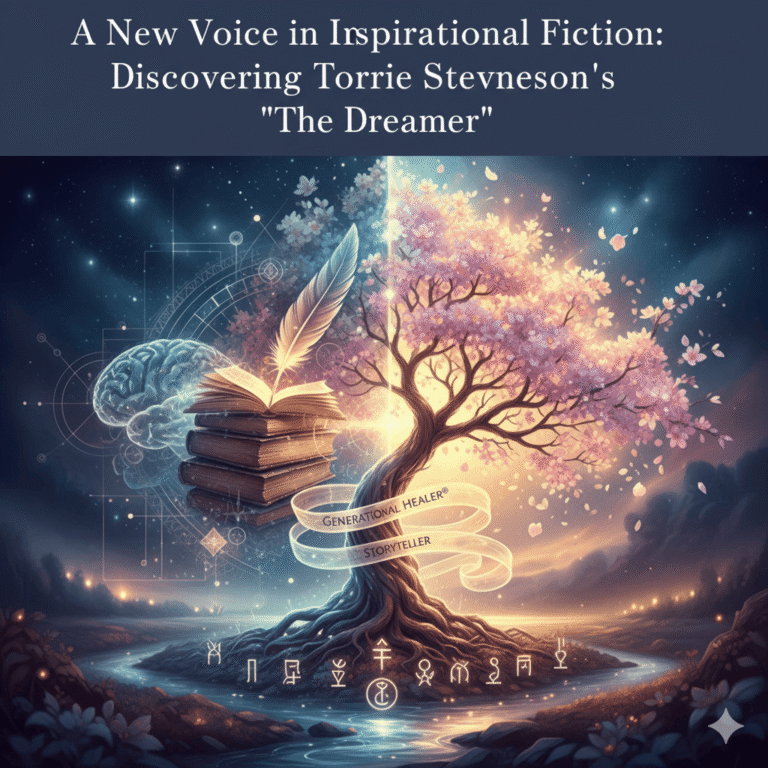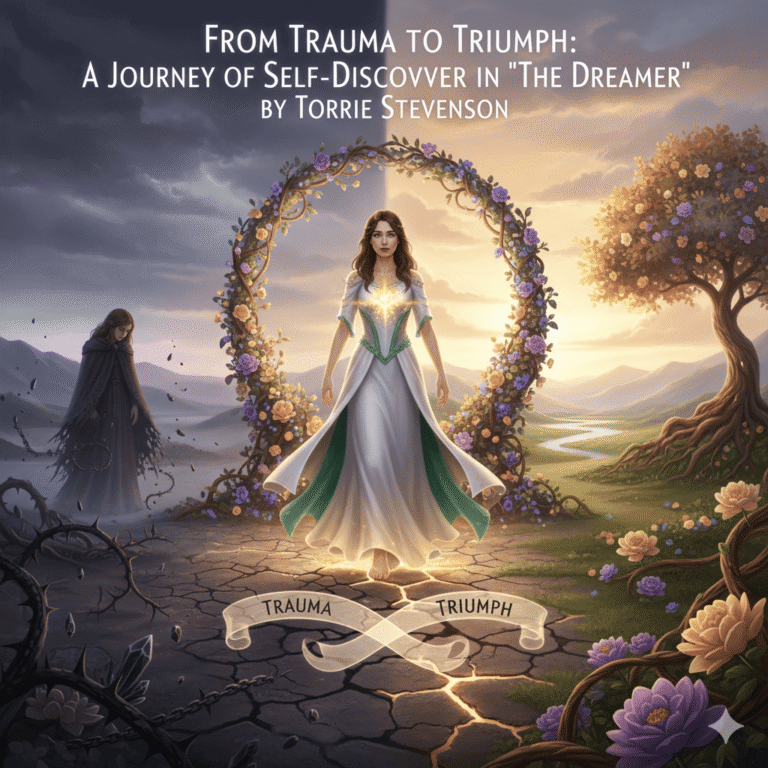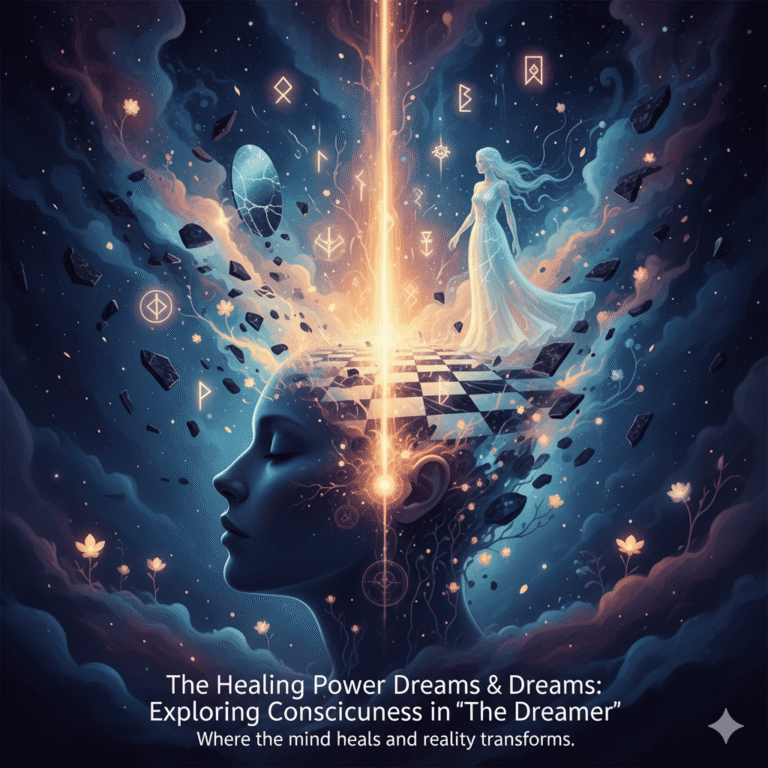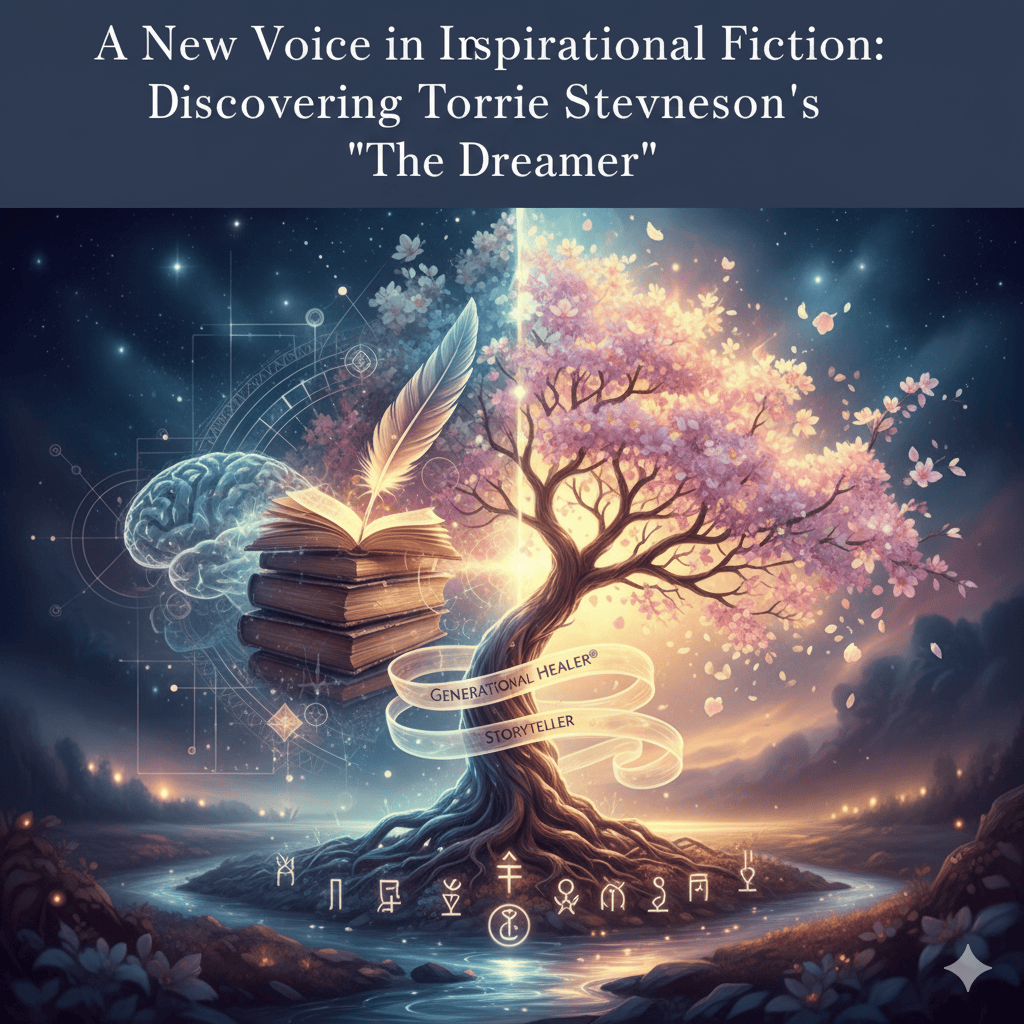From Trauma to Triumph: A Journey of Self-Discovery in "The Dreamer"
What does it take to transform a life marked by trauma into one filled with purpose and hope?
This question lies at the heart of this compelling spiritual awakening fiction novella by Torrie Stevenson, “The Dreamer,” which follows Dawn’s extraordinary journey from desperation to spiritual awakening.
The Reality of Childhood Trauma
Dawn’s story doesn’t begin with mystical dreams or spiritual revelations. It starts in a place many readers will recognize: childhood trauma that shapes every aspect of her development. As one of the most authentic women’s inspirational fiction works, “The Dreamer” presents trauma with unflinching honesty. From being constantly teased to enduring frequent family moves that prevented stable friendships, Dawn’s early years were marked by instability and emotional pain.
The impact of these experiences runs deeper than simple unhappiness. Dawn describes feeling like a “black sheep,” carrying pain that no one else could see or understand. This sense of invisible suffering is something many trauma survivors will immediately recognize.
Stevenson doesn’t romanticize or minimize Dawn’s childhood struggles. The frequent moves, the teasing, the sense of never belonging anywhere – these experiences create lasting wounds that influence every relationship and decision Dawn makes as she grows older.
When Survival Becomes Self-Destruction
By her teenage years, Dawn’s pain had become so overwhelming that she attempted suicide. When that failed, she turned to alcohol and self-harm as ways to numb feelings she couldn’t otherwise handle. These behaviors, while destructive, served a crucial function: they helped her survive emotional pain that felt unbearable.
This progression from trauma to self-destructive behavior is tragically common. Young people dealing with overwhelming stress often turn to whatever provides immediate relief, even when those choices create additional problems. Dawn’s story shows how survival mechanisms can become traps that are difficult to escape.
What makes this motivational fiction novella so powerful is her refusal to judge Dawn for these choices. As a Generational Healer®, Torrie Stevenson understands that self-destructive behaviors often begin as desperate attempts to cope with impossible situations.
The Pattern of Broken Relationships
As Dawn enters adulthood, her unresolved trauma continues to influence her choices. She consistently attracts “broken” people, hoping she can fix them and make everything right. These relationships invariably reveal themselves to be about “power, control, and even aggression” rather than healthy love and support.
This pattern reflects a common dynamic among trauma survivors. When we don’t feel worthy of healthy love, we often settle for relationships that confirm our negative beliefs about ourselves. Dawn’s attraction to people who need fixing allows her to focus on their problems rather than addressing her own wounds.
This transformational fiction novella shows how these relationship patterns can persist for years, creating cycles of disappointment and pain that seem impossible to break. By her mid-twenties, Dawn had “hit bottom more than once,” wondering if she was destined for a life that will never be fulfilled.
The Moment of Profound Shift
Dawn’s transformation doesn’t come through therapy, self-help books, or gradual self-improvement. Instead, it arrives through an extraordinary dream that challenges everything she thought she knew about reality itself. This is what sets “The Dreamer” apart among life-changing inspirational fiction works.
This timing isn’t coincidental. Often, our most profound breakthroughs come when we’ve exhausted our usual ways of coping. Dawn’s mystical experience occurs precisely when she needs it most, suggesting that sometimes healing arrives from sources we never expected.
The dream itself is rich with transformative imagery. Dawn finds herself in a sacred space, wearing a white gown that symbolizes purity and new beginnings. She encounters mysterious figures and symbols that speak to deep spiritual truths, even though she doesn’t understand their meaning initially.
The Power of the Right Question
The central moment in Dawn’s dream occurs when she asks, “Who are you?” to the mysterious crowned woman. But the real power lies in what happens next: Dawn asks about herself, “Who am I?” This shift from external focus to self-inquiry marks the beginning of her true healing journey.
The voice that responds, telling her she will know “in time,” represents one of the most important lessons about transformation: it cannot be rushed. We live in a culture that demands instant answers, but real change requires patience and trust in a process that unfolds according to its own timing.
This message is particularly relevant for trauma survivors, who often feel desperate for immediate relief from their pain. The dream suggests that healing happens when we’re ready to receive it, not when we demand it.
Integration and New Understanding
What makes Dawn’s story realistic is how she struggles to integrate her extraordinary experience with ordinary life. She wakes up on her couch, wondering if the dream was real or just her imagination. This uncertainty reflects the challenge many people face when spiritual experiences disrupt their usual understanding of reality.
Dawn’s decision to write down her experience shows wisdom. By recording the details, she honors the dream’s significance while creating a bridge between her mystical experience and her everyday life. This act of witnessing becomes part of her healing process.
The fact that she continues to hear the voice telling her “In time, you will know” suggests that her transformation is just beginning. The dream has opened a door, but walking through it will require ongoing commitment and courage.
The Role of Professional Understanding
Stevenson’s background in education and her work in Generational Healing® bring authenticity and depth to Dawn’s story. She understands how trauma affects development, how healing happens, and why some people seem to repeat destructive patterns despite their best intentions.
This professional knowledge allows her to create a story that honors both the reality of trauma and the possibility of transformation. Dawn’s wounds are real and serious, but they don’t define her ultimate potential. The book suggests that even the most damaged people can experience profound healing and discover their true purpose.
The author’s work with at-risk youth clearly informs her understanding of how young people navigate trauma and find their way toward healthier lives. This real-world experience gives this life changing fiction story a credibility that many fiction works lack. Among inspirational women authors in 2025, Torrie Stevenson brings unique authenticity to the genre.
Generational Patterns and Breaking Cycles
One subtle but important theme in “The Dreamer” relates to generational patterns of trauma and healing. Dawn’s family struggles with financial instability and frequent moves, suggesting systemic issues that extend beyond her individual experience.
Stevenson’s certification as a Generational Healer® brings awareness of how family patterns influence individual development. Dawn’s transformation isn’t just personal; it represents the possibility of breaking cycles that may have persisted for generations.
This perspective adds depth to Dawn’s story by recognizing that individual healing often has implications for entire family systems. When one person breaks free from destructive patterns, it creates possibilities for others to do the same.
Hope for Others on Similar Journeys
Perhaps the most powerful aspect of this emotional healing story is the hope it offers to readers who have walked similar paths. Dawn’s journey from trauma to spiritual awakening demonstrates that no matter how dark our circumstances may seem, transformation remains possible. This life changing fiction story serves as a beacon for anyone struggling with their own wounds and wondering if healing is possible.




